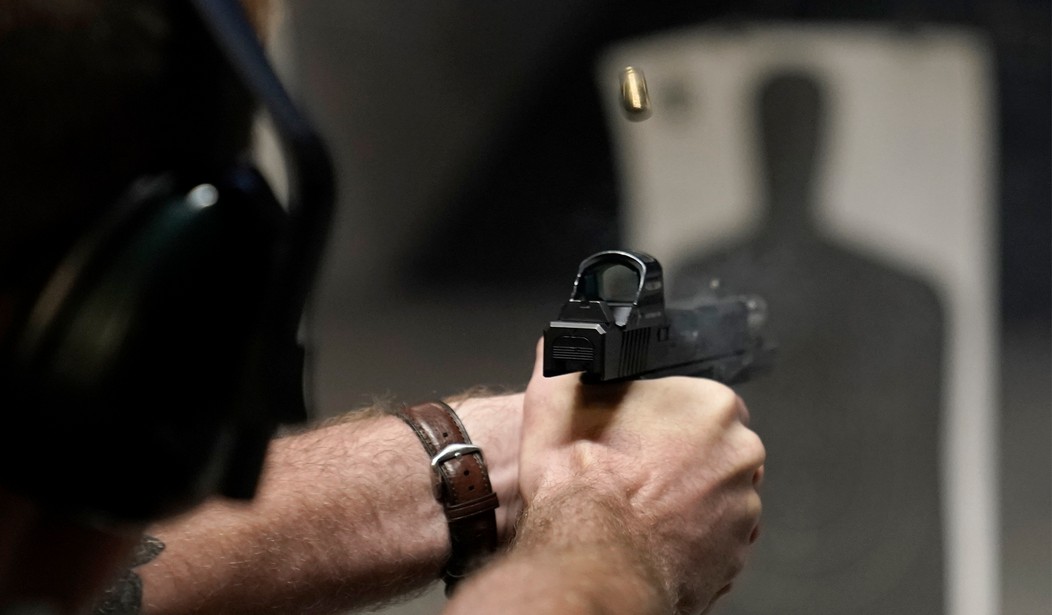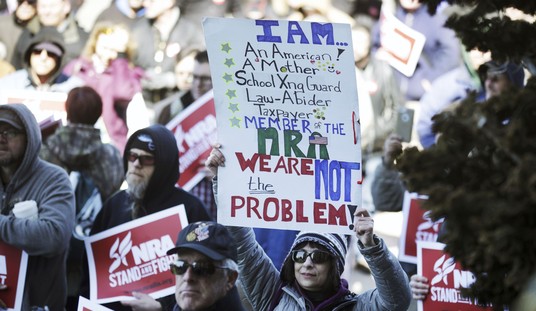The right to bear arms has long had a tenuous existence in California. Even before SB 2 took effect on January 1 and imposed a plethora of new “gun-free zones” on concealed carry holders (along with onerous new training mandates and excessive fees for applicants), your right to carry largely depended on where you lived. If your home was in one of the more populous counties on the coast the odds of you being approved for a carry license ranged from slim to non-existent, though residents in many other counties could rely on sheriffs who did recognize that self-defense was a valid reason for wanting to carry a gun.
Once you had your license, there were few “sensitive places” where you were prohibited from carrying, but SB 2 has completely upended that status quo. Now, in the words of California Rifle & Pistol Association head Chuck Michel, the “Second Amendment-protected right to carry a firearm outside of the home has been effectively destroyed in California for all people with concealed carry weapon permits.” If you have a CCW, you can now carry on some streets, sidewalks, and maybe a business or two, so long as they’ve posted signage specifically welcoming you inside.
This is the case despite a U.S. District Court judge granting an injunction that would have barred the state or its political subdivisions from enforcing these new “gun-free zones”, thanks to a last-minute administrative stay imposed by the Ninth Circuit Court of Appeals. Now the plaintiffs in May v. Bontafiling are asking the court to undo that stay, or at the very least, explain its decision to undo the status quo and to address their appeals expeditiously. In a submitted late Wednesday, Michel notes that the most basic purpose of an injunction is to “preserve the status quo pending a determination of the action on the merits”, but the Ninth Circuit has done just the opposite by allowing the challenged portions of the law to take effect.
From a constitutional law perspective, the position that Plaintiffs find themselves in because of the administrative stay allowing SB 2 to go into effect is no different than if the State had passed a law banning protest in most public spaces. Despite a district court agreeing that such a law upset the status quo of allowing peaceful public protest and inflicted a grave First Amendment injury on hundreds of thousands of citizens, protests against an unpopular war or a corrupt politician would then nonetheless be put on hold for months or longer while the State’s emergency stay motion defending the law received more vetting by the appellate court. Such a pause on hundreds of thousands of peoples’ exercise of their right to free speech—even for administrative reasons—would obviously be patently unacceptable. That the same sort of pause on the Second Amendment right is now being entertained in this case lends unfortunate credence to concerns that despite the Supreme Court’s unambiguous holding to the contrary, the Second Amendment is still considered a second-class right in this Circuit.
I’d say at this point the Ninth Circuit isn’t even giving the Second Amendment second-class status. By allowing SB 2 to take effect and halting Judge Cormac Carney’s injunction, they’re acting like the right to bear arms doesn’t exist at all. But is there a legal basis for the appellate court to reverse its stay? Michel believes there’s ample reason to do so.
It ended a longstanding status quo where CCW holders could carry in the places now designated post- Bruen, and only in defiance of that case, as “sensitive” and thus off-limits. An administrative stay should be viewed no differently here because the Second Amendment is at issue. That part of our founding charter is not “a second-class right, subject to an entirely different body of rules than the other Bill of Rights guarantees.” There is no reason this Court should use an administrative stay to disrupt the longstanding status quo in this circumstance when it has not done so in others.
As Michel points out, the Ninth Circuit has declined to halt an injunction that’s blocked many of Hawaii’s post-Bruen “sensitive places” from being enforced, but inexplicably have allowed those California provisions to take effect; a position Michel calls “logically irreconcilable”.
Will the Ninth Circuit act on the request to reverse its order? I have my doubts, but at the very least the plaintiffs are documenting the irrational and unconscionable actions taken by the appellate court, which will be useful if CRPA and the other Second Amendment organizations suing California ultimately try to convince the Supreme Court to intervene on an emergency basis. The Court has declined to do so in every other 2A challenge that’s come along since Bruen, but the double standard created by the Ninth Circuit, along with the near total deprivation of the right to bear arms created by SB 2, is so egregious that maybe this will be the case that will convince a majority of justices that emergency relief is needed here.









Join the conversation as a VIP Member